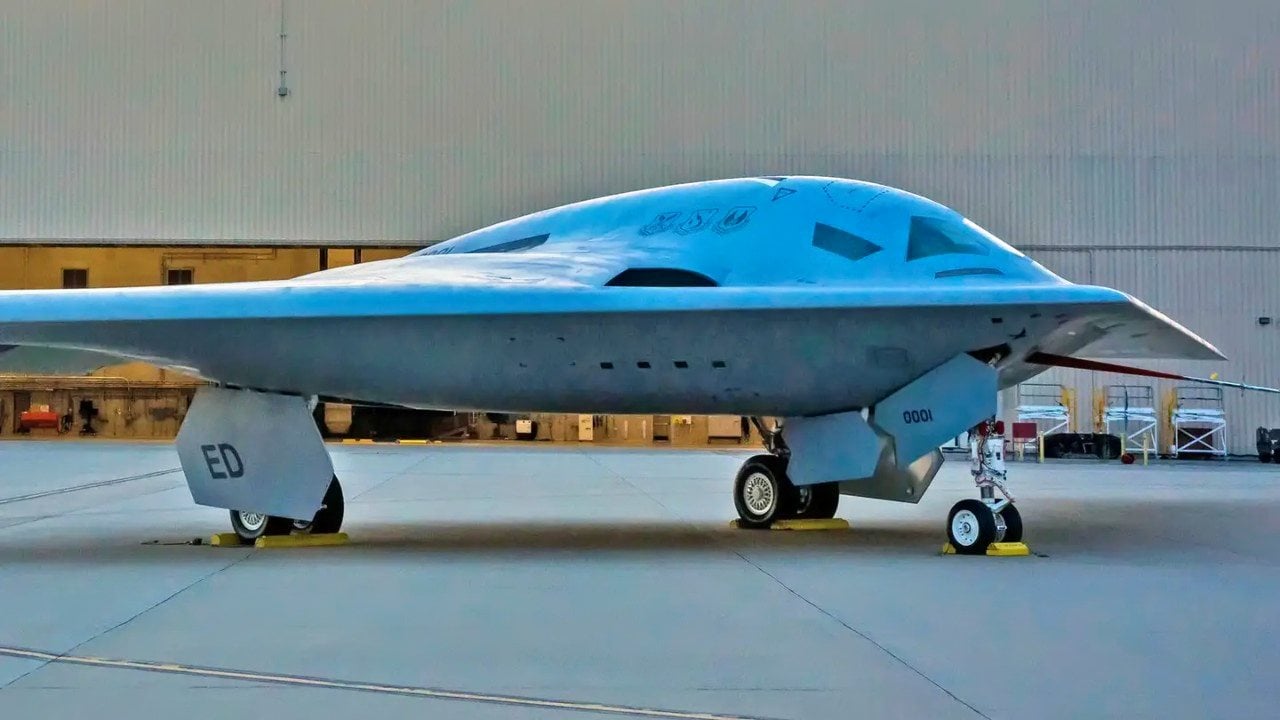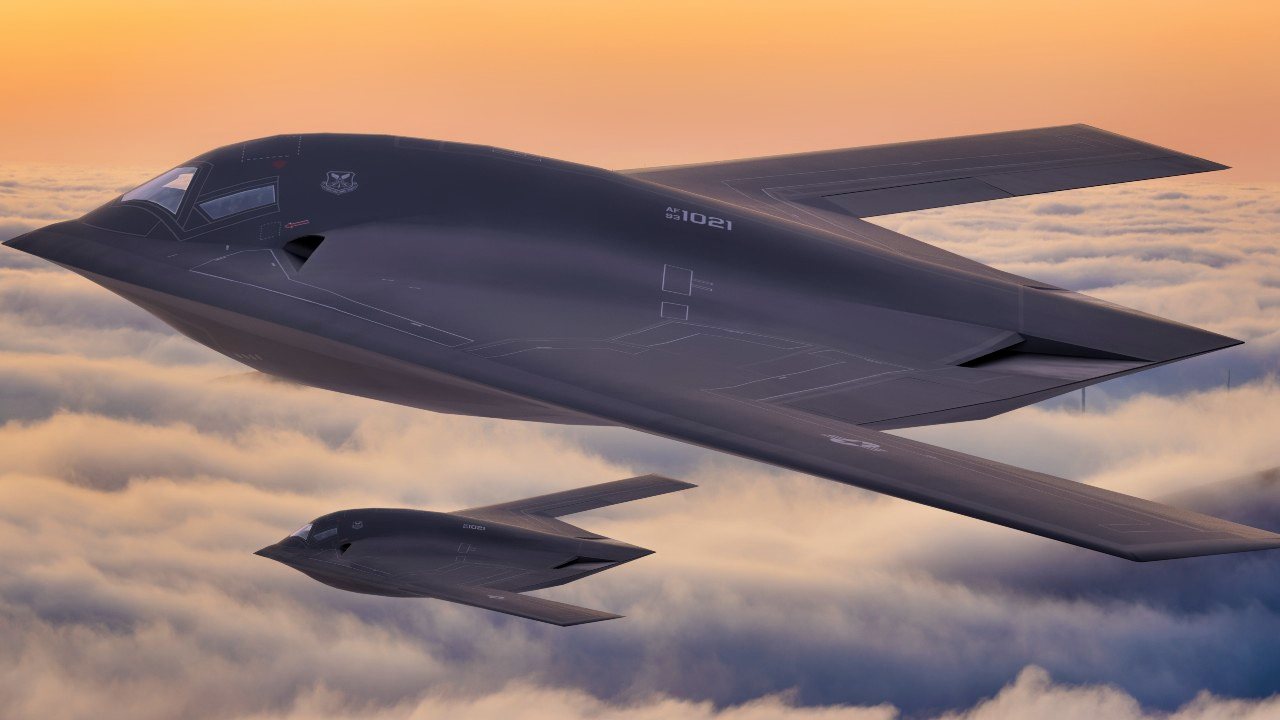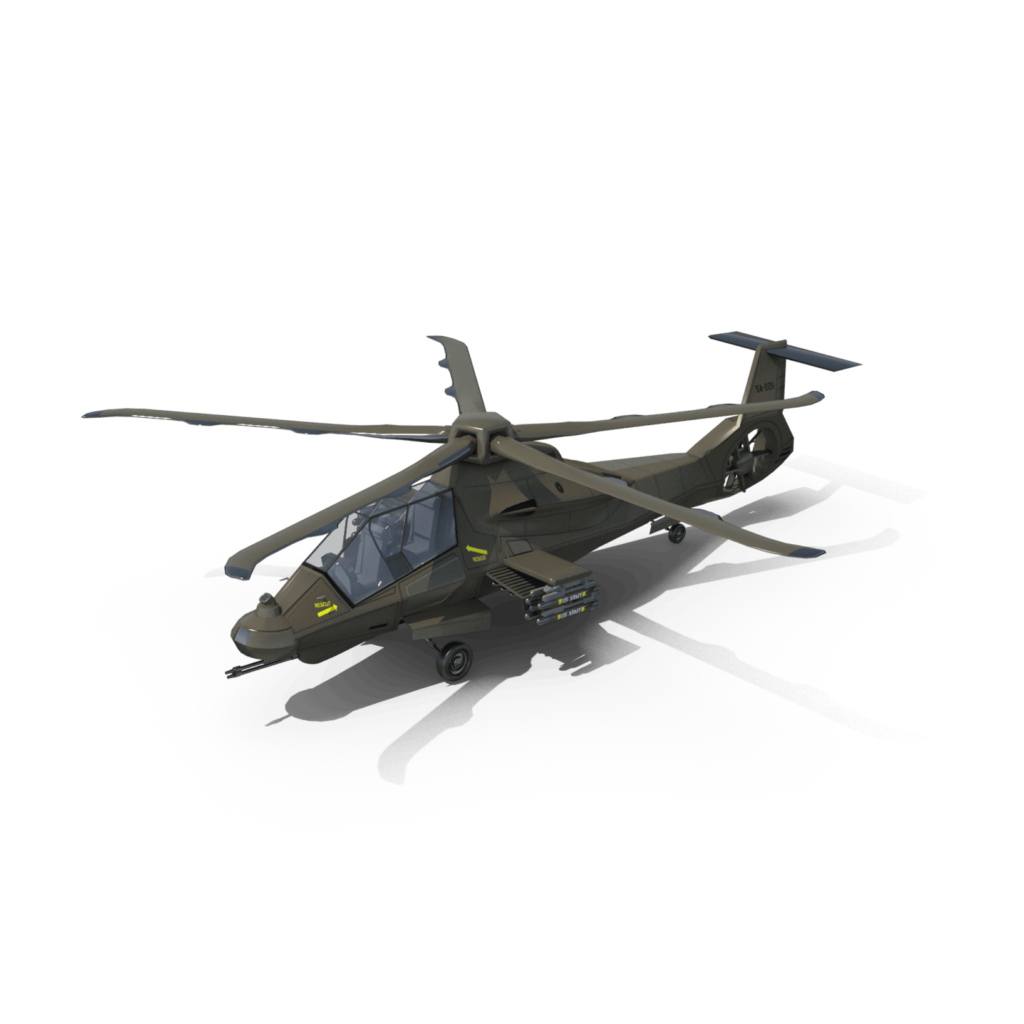
Don’t Cut the B-21 Raider Stealth Bomber
The B-21, a stealth bomber designed to penetrate sophisticated air defenses, is central to the Air Force’s strategic capabilities.
-However, concerns arise over the feasibility and budgetary implications of such an ambitious expansion, given the historical performance of U.S. defense manufacturers and the existing financial strains on American taxpayers.
-As debates continue, some suggest prioritizing cheaper, drone-based systems, though the B-21’s unique capabilities, including potential unmanned operations, underscore its strategic importance.
The B-21 Raider Debate Has Arrived
The B-21 Raider stealth bomber is designed to punch through enemy air defenses. In the age of anti-access/area denial (A2/AD), such a capability is essential. The Air Force might want as many as 300 B-21 Raiders in its fleet to be able to better deter increasingly aggressive U.S. rivals such as China and Russia.
The new birds are costly. And in this age of exorbitant costs, as Americans struggle to make ends meet, many are understandably questioning the need or wisdom of having defense budgets that approach $1 trillion per year.
As always, the handful of defense projects that are truly worth paying for tend to be mixed in with much waste and inefficiency.
Congress, if it is truly serious about not wasting the taxpayers’ money on expensive military systems that will not enhance America’s national defense, should prioritize the B-21 Raider program while cutting many others.
Why the B-21 Raider is Important
Despite the novelty of the glossy, white-and-gray composite, delta-wing B-21 – which looks more like a Longsword Interceptor craft from the popular HALO video games than an Air Force bomber – many balk at the notion of fulfilling the Air Force’s request to expedite its order for 300 B-21s.
The initial order from the U.S. government for the B-21 was merely for 100 units. According to the Air Force, these units will begin to take to the unfriendly skies in higher numbers by the middle of this decade and will fully replace the current generation of stealth bombers by the 2030s.
Of course, given how poorly the U.S. defense industrial base has performed over the last decade or so, and how sclerotic and inefficient most defense manufacturers now are, it is unlikely that 100 units will arrive before the late 2030s.
And even if the Air Force does get permission to order more than the initial tranche of 100 B-21 Raiders, judging from how the F-22 Raptor program went, it is unlikely the service will ever reach its desired fleet size of 300 B-21s. That is truly unfortunate. Not only because these planes are amazing, but because the B-21 is more than just a bomber.
As noted above, the B-21 is one of the few systems designed from the ground up to penetrate sophisticated A2/AD networks. What’s more, this stealthy bird is believed to be capable of flying alongside sophisticated drones.
The B-21 vs. Drones: Why Not Fund Both?
There are some who argue that the U.S. should deprioritize funding for the B-21 and instead pour its funding into cheaper drones. Of course, the U.S. will have to prioritize funding drone swarms, especially as these systems become far more complex in the next decade than most people realize.
At the same time, however, having a B-21 intermixed with a swarm of drones will pack an even mightier punch than the Chinese could ever fathom.
Plus, the B-21 is rumored to be able to fly as an unmanned aerial vehicle – meaning that this insanely capable bomber can be used to fly into some of the most dangerous airspace, burst whatever A2/AD bubbles might be established, and successfully conduct its mission, all without risking an American pilot. Therefore, the construction of a 300-plane B-21 fleet must be the major priority for the manned-systems side of the Air Force budget.
Drop the NGAD. Fund the B-21 Now
The Air Force sought $2.7 billion in its Fiscal Year 2025 budget request for its limited order of one hundred B-21s. Meanwhile, the Air Force expects to spend $2.8 billion for FY25 on its sixth-generation warplane, the Next-Generation Air Dominance (NGAD) program. But the NGAD is a complete waste of time and money.
Instead, the Air Force should divert that $2.8 billion to the B-21 and any attendant, cheap drone systems that might complement the stealth bomber.
The reason for this is simple: Whereas the Pentagon expects America’s enemies, notably China, to follow the lackadaisical procurement timelines of most major U.S. defense contractors, the reality is that China won’t wait. The Pentagon set 2027 as the earliest time China could invade or blockade Taiwan.
The reality is that China could hit Taiwan this year and likely succeed. But the bureaucracy in Washington refuses to change its hallowed timelines and acquisition plans.
America needs a fleet of 300 B-21 Raiders as soon as possible. Not by the 2030s – it needs to field as close to that number as it can within the next two years. Once China goes into Taiwan, the U.S. military will need to penetrate those A2/AD bubbles. Right now, it cannot reliably achieve this objective. Thus, China will have a relatively free hand to do what it wants to its neighbors, at America’s expense.

The Air Force needs to drop its obsession with tomorrow’s war and fixate instead on winning the current war (or the war that will happen by this afternoon rather than tomorrow). Throw as many resources as bureaucratically possible into rapidly building out the B-21 Raider fleet.
About the Author
Brandon J. Weichert, a National Interest national security analyst, is a former Congressional staffer and geopolitical analyst who is a contributor at The Washington Times, the Asia Times, and The-Pipeline. He is the author of Winning Space: How America Remains a Superpower, Biohacked: China’s Race to Control Life, and The Shadow War: Iran’s Quest for Supremacy. His next book, A Disaster of Our Own Making: How the West Lost Ukraine, is due October 22 from Encounter Books. Weichert can be followed via Twitter @WeTheBrandon.
All images are Creative Commons.


